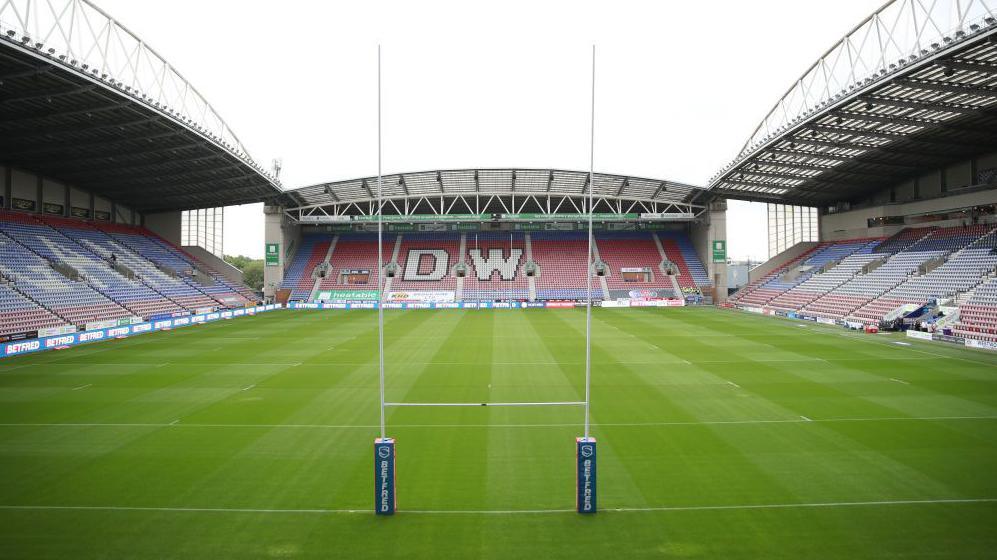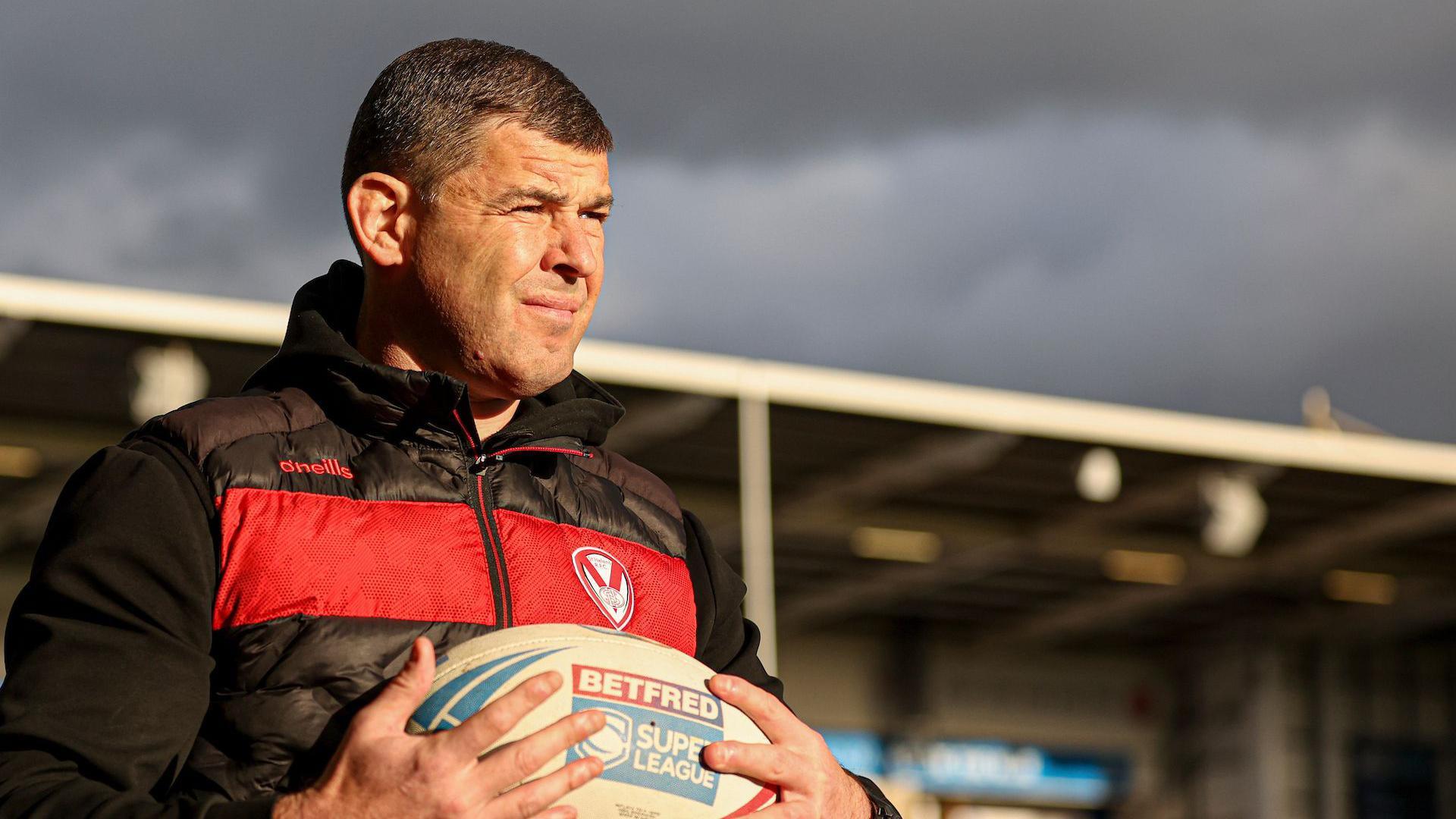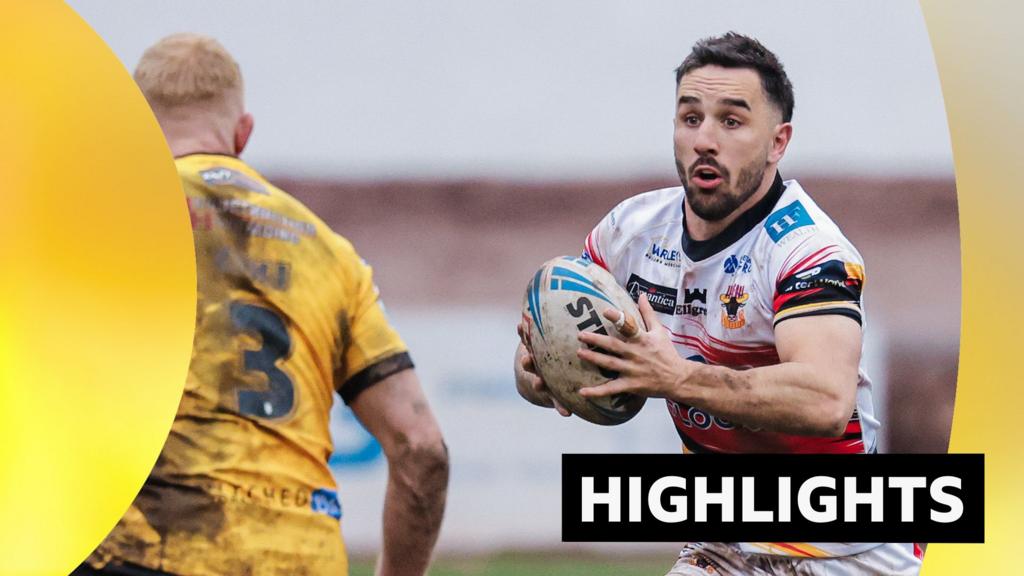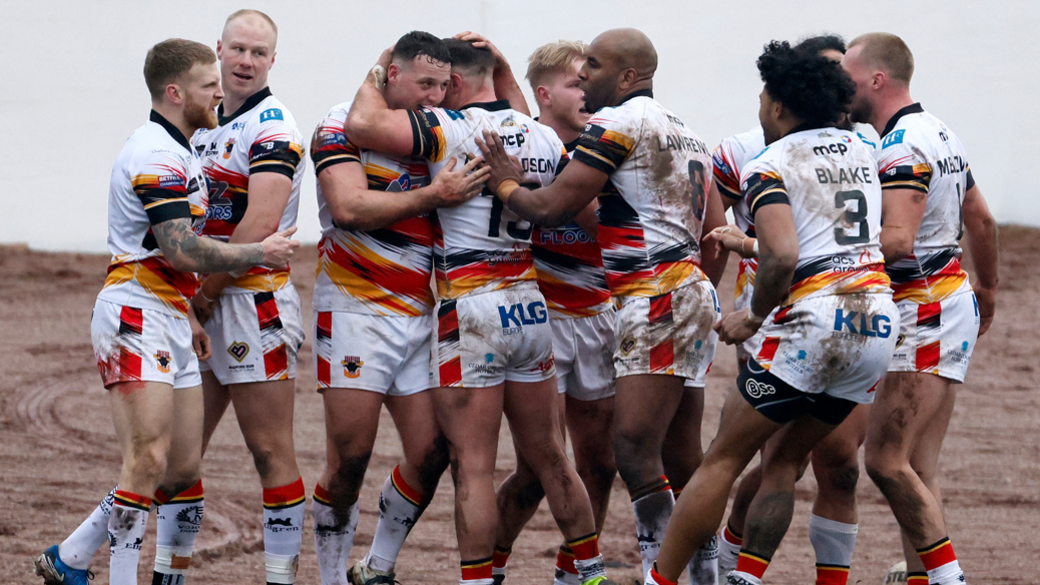-
1 hour ago
Captain’s Challenge is being introduced into rugby league for the 2025 Super League season.
The Rugby Football League announced in December that the system, which has been in operation in Australia for five years and was used during the last edition of the Rugby League World Cup, will be introduced for televised fixtures so that teams can contest on-field decisions made by the referee.
During a stoppage in play after an intervention by the referee, a team’s captain has 10 seconds to decide whether or not to challenge the decision, referring it to the video referee for a second opinion.
Replays of the incident will then be viewed by the video referee and shown on television coverage. After consulting the replays, the video referee will decide whether to stick with the referee’s original decision or overturn it.
Captains cannot challenge decisions made by the referee on certain matters including deliberate forward passes, roll balls, time wasting, dissent, scrum penalties and the mark of a penalty.
Each team is entitled to one unsuccessful challenge per match. That means that if a captain unsuccessfully challenges a decision twice, his team cannot challenge any further decisions for the rest of the game.
What other rule changes are being implemented?
Three other rule changes are being adopted for 2025.
Firstly, the green card now applies to both attacking and defending players, having previously only applied to those defending since their introduction in 2022. The green card is shown by the referee to players who are treated for injury, meaning they leave the field for two minutes before re-entering. It is designed to discourage time wasting by injury feigning.
Secondly, the awarding of penalties for offside will take on an extra layer of complexity, as referees and video referees will now differentiate between active and passive players. Players who influence the course of the game will be defined as active while those who do not will be defined as passive.
Finally, two variants of drop-outs are being introduced.
If a team kicks a drop-out on the full over the touchline or kicks a drop-out that fails to travel at least 10m forward in the field of play, the match will restart with a play the ball 10m out from the centre of the goalline rather than a penalty kick from the centre of the 10m line.
And if a team takes a 20m drop-out that travels on the full over the touchline or kicks a 20m drop-out so that it fails to travel at least 10m forward in the field of play, the match will restart with a play the ball from the centre.









